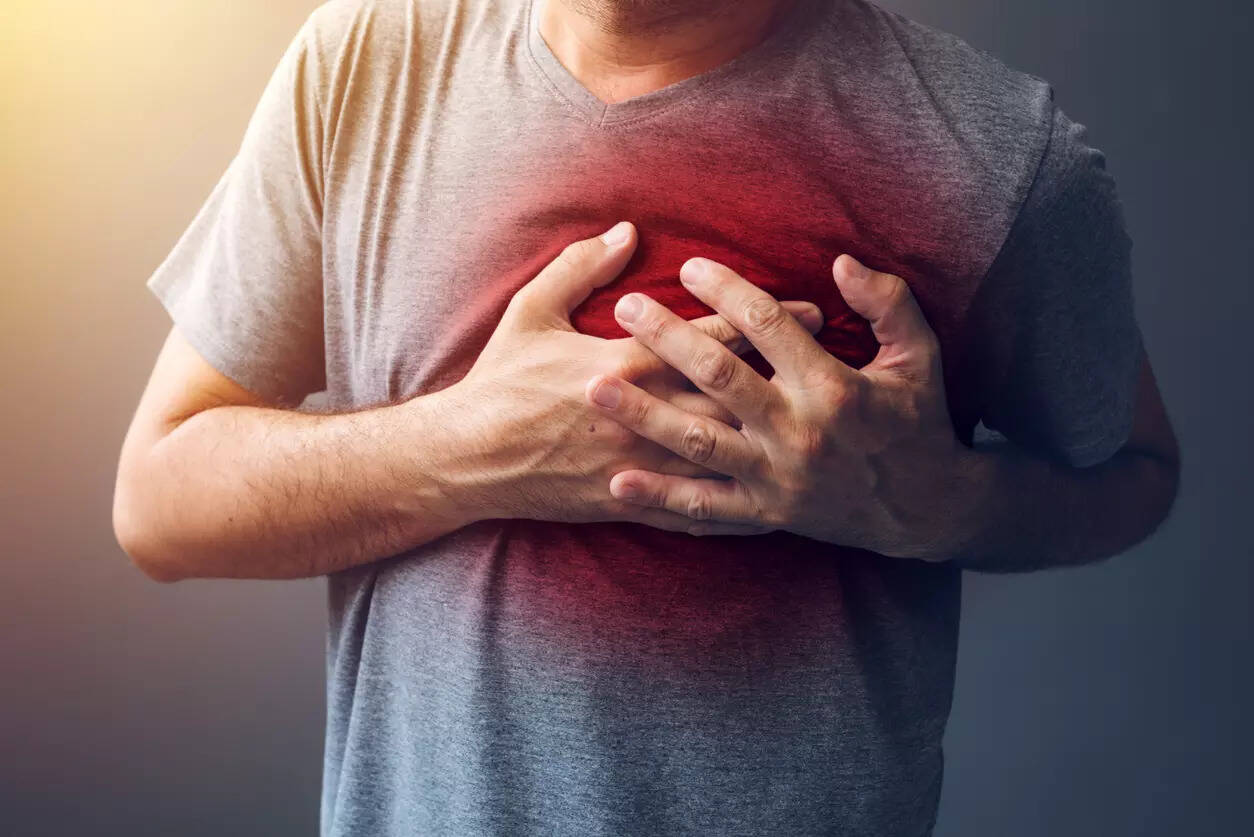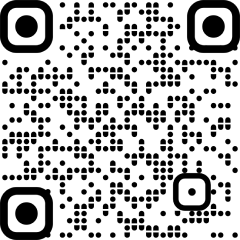- Industry
- 2 min read
Most Indian heart failure patients not getting lifesaving therapy, finds survey
While 54 per cent of doctors said that only 1 in 4 of their patients were on proper GDMT, just 15 per cent believed that more than three-quarters of their patients were receiving the recommended care.
GDMT means using the best combination of medicines that have been proven to work for heart failure. These medicines help the heart pump better, reduce symptoms like breathlessness or swelling, and most importantly, help patients live longer and stay out of the hospital.
Conducted across 27 states and one Union territory, the study gathered responses from over 5,000 doctors, making it one of the most comprehensive real-world assessments of heart failure care in India to date.
The study, which recently appeared in the Journal of Cardiac Failure, was spearheaded by Dr Shantanu Sengupta, a senior cardiologist and researcher from Nagpur.
Dr Sengupta, the lead author, warned that the findings expose a serious gap in the standard of care for common Indian patients suffering from heart failure.
"This data tells us that many patients who should be receiving GDMT are simply not getting it — either due to lack of physician awareness, patient affordability, or systemic barriers," said Dr Sengupta, speaking to TOI.
While 54 per cent of doctors said that only 1 in 4 of their patients were on proper GDMT, just 15 per cent believed that more than three-quarters of their patients were receiving the recommended care.
This means that thousands of patients may be left vulnerable to worsening heart failure due to under-treatment, despite clinical guidelines established by global and Indian cardiology societies.
GDMT typically includes a combination of medications, each targeting different aspects of heart failure pathology. When used in appropriate doses and combinations, GDMT has been shown to reduce mortality by nearly 60% in certain groups of heart failure patients.
"Patients and families must ask whether the following treatment plan includes GDMT. It's a matter of life and death," Dr Sengupta emphasised.
What Common Patients Should Do
* Know your EF (Ejection Fraction): Ask your doctor about your EF status
* Demand clarity on medicines: Check if you're receiving beta-blockers, RAAS inhibitors
* Monitor symptoms: Shortness of breath, leg swelling, and fatigue
* Regular follow-up: GDMT needs regular dose adjustments and monitoring
GDMT Gap in India
* 5,012 doctors surveyed across 27 states and 1 UT
* 53 per cent physicians, 44 per cent cardiologists, 2 per cent endocrinologists
* 54 per cent said only 1 in 4 patients receive GDMT
* 15 per cent said more than 75 per cent receive GDMT
* 58 per cent doctors in South zone say 25 per cent patients on GDMT


Comments
All Comments
By commenting, you agree to the Prohibited Content Policy
PostBy commenting, you agree to the Prohibited Content Policy
PostFind this Comment Offensive?
Choose your reason below and click on the submit button. This will alert our moderators to take actions